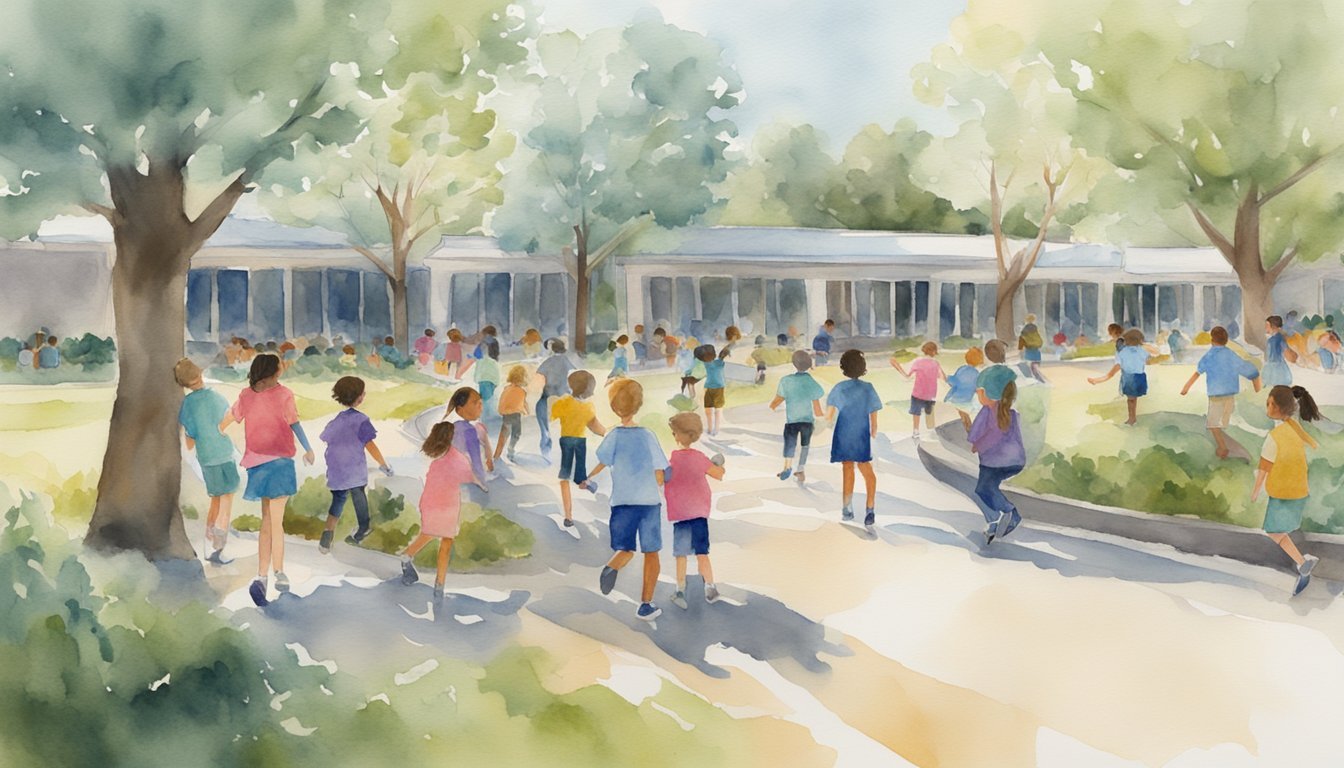Understanding Year-Round Schooling
Year-round schooling adjusts the traditional school calendar to distribute vacation days more evenly throughout the year. This approach seeks to balance the academic calendar with frequent breaks, aiming to address concerns like summer learning loss and overcrowding.
Historical Context and Calendar Variations
The traditional school calendar, with its long summer break, traces its roots to an agrarian society. Historically, children were needed to help with farming during the summer months, which is why schools adopted a long summer vacation. In contrast, year-round schools operate on calendars that spread out breaks throughout the year, such as the 45-15 plan (45 days in school followed by 15 days off), the 60-20 plan, and the 90-30 plan.
Modern Implementation and Models
Today, many public schools have implemented year-round education to address several educational challenges. For example, multi-track year-round calendars can help with overcrowding by staggering which students are on break at any given time. Conversely, single-track year-round calendars maintain a consistent student body throughout the year but redistribute vacation days to create a more balanced calendar.
Benefits and Challenges
Year-round schooling often aims to improve academic achievement and mitigate the achievement gap by providing consistent learning opportunities and reducing learning loss during breaks. Advocates also cite benefits like better use of school facilities and opportunities for enrichment and remediation during inter-sessions. However, challenges include the need for increased funding for operational costs, adjustments for families’ schedules, and concerns over how it affects teachers’ and students’ summer activities.
Impact on Students and Educators

Shifting the gears of education, year-round schooling rearranges the typical academic calendar in an effort to foster continuous learning. Students wave goodbye to the lengthy summer break, while educators reorganize their curricula around shorter, more frequent breaks throughout the year.
Academic Outcomes and Learning Advantages
In year-round schools, the concept of the summer slide – where students can lose some of the academic gains they made during the previous school year – becomes less of a concern. Studies like the one highlighted in Year-Round Education: Is It Worth the Hassle? suggest that a more consistent educational schedule can assist in bolstering academic achievement. Particularly for at-risk and low-income students, the shorter, more frequent breaks help maintain a steady rhythm of learning, with intersession periods available for targeted intervention providing opportunities for enrichment or catch-up.
The redistribution of breaks throughout the year also offers a new perspective on how vacations and downtime are handled. Instead of a single, lengthy summer vacation, students and families have multiple breaks throughout the year to rejuvenate, possibly reducing burnout. Furthermore, evidence indicates that in mathematics, a subject often vulnerable to learning loss during long breaks, students in year-round settings often perform better, as seen in the research from The Effect of Year-Round School on Student Achievement in Mathematics.
Social and Personal Considerations
Year-round schooling brings a shift not only in academic structure but also in community dynamics. Teachers, who traditionally look forward to summer for personal development and rest, adjust to teaching on a new tracking system that may result in separate time-off schedules from their peers. This can lead to both advantages, such as smaller class sizes during intersession times, and challenges, like coordinating with family vacations or summer camps.
For families, the rearranged calendar could clash with established summer plans such as family vacations or summer jobs for teens. However, on the flip side, it could ease the financial and logistic pressures of finding child care or activities during a long summer break. The potential for consistent academic engagement throughout the year also gives students ongoing access to school resources, which can be especially beneficial for children who rely on school services beyond academics.
Logistics and Community Involvement

Adopting year-round schooling involves intricate planning and broad-based community engagement. This section explores the multifaceted operational requirements and how families, educators, and businesses play pivotal roles in the paradigm shift from a traditional school calendar to a more flexibly scheduled year.
Operational Aspects of Year-Round Schooling
Operational logistics form the backbone of successfully switching to a year-round education model. From aligning instructional days to managing the complexity of multi-track calendars, the change affects everything from school schedules to summer programs. Regular vacation breaks are staggered throughout the year, replacing the traditional long summer vacation, which is rooted in an outdated agrarian calendar. This split can help alleviate overcrowding in schools, as not all students are in the building at the same time.
For instance, effectively implementing a multi-track year-round calendar requires sophisticated planning. In such systems, groups of students attend school at different times with intermissions throughout the year, allowing for more efficient use of school facilities.
Engagement and Stakeholder Perspectives
Community buy-in is crucial. This involves drawing in all stakeholders: families, educators, businesses, and even congress. Understandably, the reorganization affects the community. Local businesses may need to adjust their hiring patterns for summer jobs, and public schools must consider the impact on extracurricular programs.
Engaging with the National Association for Year-Round Education (NAYRE) offers insights into best practices and provides a forum for stakeholders to discuss potential pros and cons.
FAQs and Addressing Common Concerns
Common questions often arise surrounding funding, costs, and the social aspects of year-round education. Does year-round school improve learning outcomes? Extended school years can combat summer learning loss, ensuring that time and learning are maximized. What about the impact on family time and summer breaks? With a properly organized calendar, families can still enjoy quality time, though vacation planning may require more coordination. Are there any financial benefits or drawbacks? Infrastructural costs may increase, but many argue that the academic and societal benefits outweigh these concerns.
For a deeper understanding of these questions, referring to articles discussing the logistical challenges of year-round schooling and insights into how year-round education affects communities can be quite revealing.

